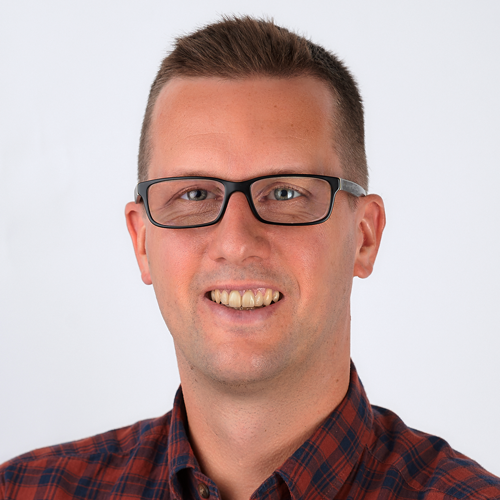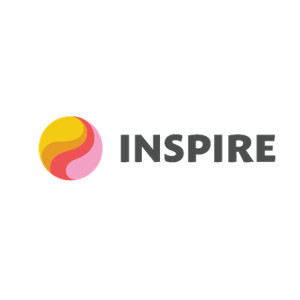 \
&
Contact us
\
&
Contact us
 \
&
Contact us
\
&
Contact us
The partnership aims to deliver key knowledge, services and products to significantly improve the control of animal infectious diseases and animal welfare in a coordinated way which will sustain animal production and protect public health. It involves laboratories, funding agencies and the private sector.
By 2030, programmes will be further aligned, the animal health and welfare research and innovation ecosystem will be stronger, improving preparedness and providing additional solutions to prevent, detect and respond to priority infectious animal diseases, fight antimicrobial resistance, and improve animal welfare.
The partnership will launch its second external co-funded research and innovation call "shaping the future of animal health and welfare" during the course of January 2026. The Call will aim to foster international collaboration and impactful research and innovation across Europe and will be supported by funding organisations across 19 countries. Proposals submitted under this Call must address animal welfare or prevention and control and spanning welfare assessment, humane transport and slaughter, disease prevention, resilience, therapeutics, and innovation. You can find more information about the call on this website.
Contact
Commission services: Jean-Charles Cavitte, Valerio Abbadessa
Partners: Ugent Nathalie Vanderheijden VLAIO Jef Willems
Partnerships group the EC and private and/or public partners, to coordinate and streamline the research & innovation initiatives and funding in some selected key domains.

pascal.verheye@vlaio.be

Funded by Horizon Europe, under call topic HORIZON-WIDERA-2021-ERA-01-80, INSPIRE is Europe's Centre of Excellence on inclusive gender equality in research and innovation. It relies on four Knowledge and Support Hubs to create knowledge in the areas of sustaining change, widening participation, intersectionality and innovation. Moreover, it supports stakeholders in their journey to become more inclusive through 12 Communities of Practice. In this way, INSPIRE aims to develop both cutting-edge knowledge and innovative strategies for gender equality in the European Research Area. INSPIRE brings together 14 partners. The Belgian partner in this project is UHasselt.